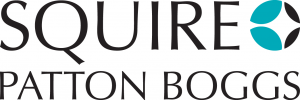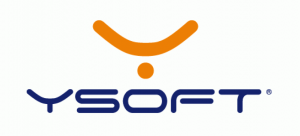Xerox will print parts for NASA space research
20.06.2014Company: Amcham
PARC (Palo Alto Research Center), a research center of Xerox, is working on new technology that enables print electronic components for NASA space exploration.
A team of experts is working on the development of printing temperature and light sensors, which are suitable for surface exploration of the planet Mars. In the future, it will be possible to print for example electronic components powered by solar energy, which are capable of wireless communication. Electronic sensors would gather information about the environment on Mars, which would then be wirelessly transmitted back to Earth.
This project is part of NASA's more ambitious goal, which is to print the entire space rockets. The second phase of the mission, on which PARC research center cooperates, will last 14 months. The resistance of printed electronic components will then be tested in harsh space conditions, which include radiation, extreme temperatures and vacuum.
Printed components are already common in consumer devices. Mostly produced on inkjet printers with specialized ink. Electronics is in this way printed on a thin plastic foil. The specializes printer in PARC labs resembles ink, or even a 3D printer, but what is also being explored there is the possibility of deep printing. Big rollers could then push the ink into the plastic, much like a newspapers are being printed today. This would allow quicker and cheaper printing of electronics.
The advantage of printed electronic devices is that there is no waste in the manufactoring process . In the case of traditional production, the chemicals and other residues need to be washed after completion of the components, while the printed parts are manufactured with only the necessary material.







